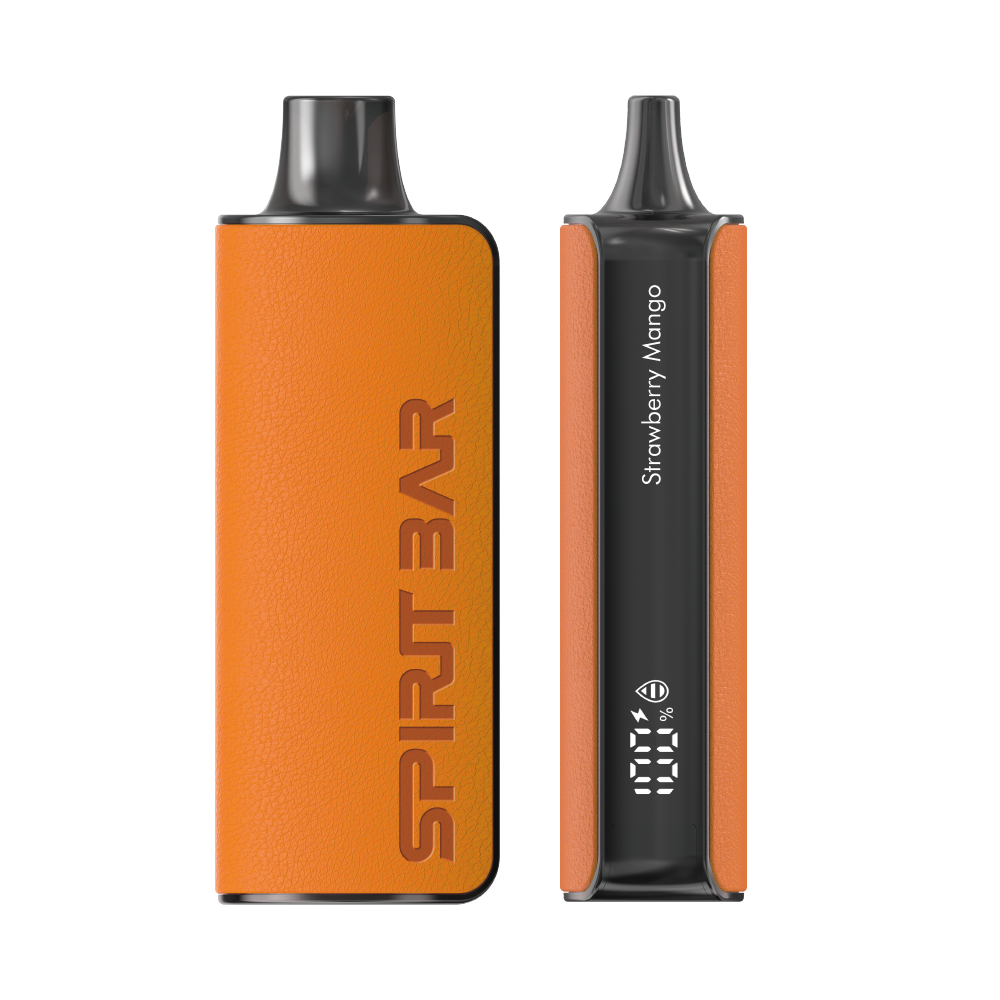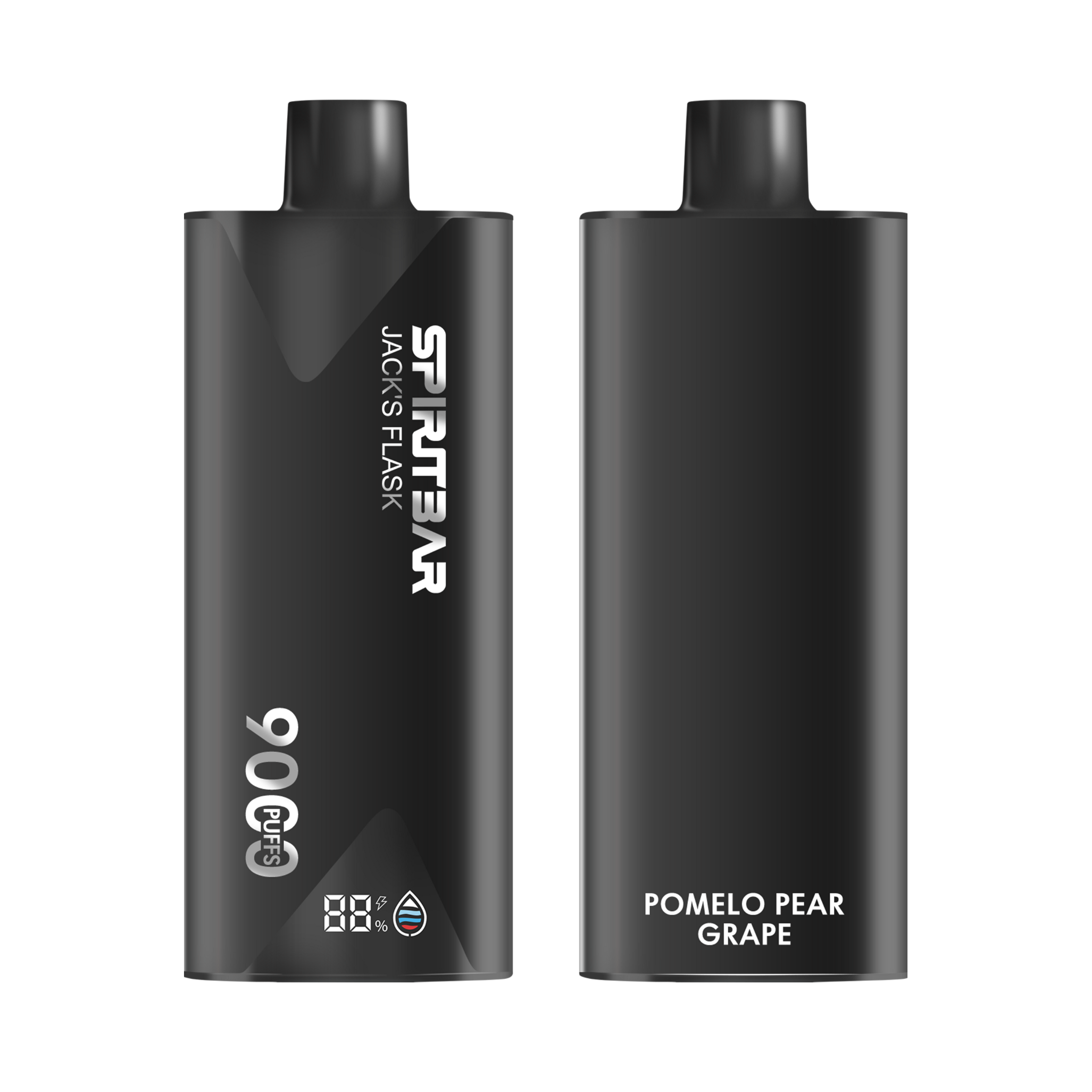How Many Volts is Safe in Vaping? Exploring the Appropriate Voltage Range
If you’re new to vaping, you may be wondering how many volts are safe to use when vaping. With so many different devices and settings available, it can be difficult to know what is safe and what isn’t. The answer to this question depends on a few different factors, including the resistance of your coil, the type of battery you’re using, and the wattage you’re vaping at.
One important thing to keep in mind is that vaping at too high of a voltage can be dangerous. If you’re using a device with a variable voltage setting, it’s important to start low and work your way up slowly until you find a comfortable level. It’s also important to make sure you’re using a high-quality battery that is rated for the voltage you’re vaping at. Using a battery that isn’t rated for the voltage you’re using can lead to overheating, which can be dangerous.
In general, it’s a good idea to stick to the recommended voltage range for your device and to make sure you’re using high-quality equipment. If you’re unsure about what voltage is safe for your device, it’s always a good idea to consult the manufacturer’s instructions or to ask a knowledgeable vape shop employee for advice. By taking the time to learn about safe vaping practices, you can enjoy a satisfying vaping experience without putting your health at risk.
Understanding Volts in Vaping
https://www.youtube.com/watch?v=V5KWyHhb3Z8&embed=true
When it comes to vaping, volts play a crucial role in determining the overall vaping experience. In simple terms, volts refer to the amount of electrical pressure that is applied to the coil in your vaping device. The higher the voltage, the more power is delivered to the coil, resulting in a warmer and denser vapor.
However, it is important to note that using too high of a voltage can be dangerous and may result in overheating, burnt coils, and even explosions. Therefore, it is important to understand what voltage range is safe for vaping.
The safe voltage range for vaping depends on several factors such as the resistance of the coil, the type of battery being used, and the wattage setting on your device. Generally, a voltage range of 3.3V to 4.2V is considered safe for most vapers.
SPIRITBAR Katana BP10000
- Slender, leather-textured body reminiscent of a katana handle for an authentic samurai feel
- Unique samurai-inspired e-liquid flavor - fruity yet not too sweet, with a luxurious, elegant aroma
- Powerful 650mAh rechargeable battery for extended vaping time
- Large 18ml e-liquid capacity and 10,000 puff capacity
- Advanced mesh coil and e-liquid & power display screens for optimal vaping experience
The special juice captures the essence of the samurai spirit with its rich, smoothly pulsating flavor that brings new satisfaction with every puff. The device's slender, leather-textured design evokes the grip of a samurai's katana, making this product a perfect choice for beginner vapors.
It is important to note that sub-ohm vaping requires a lower voltage range as the coils used in sub-ohm vaping have a lower resistance. For sub-ohm vaping, a voltage range of 3.0V to 4.0V is considered safe.
It is recommended to start with a lower voltage and gradually increase it until you find the sweet spot that works for you. This will help you avoid any unpleasant experiences and ensure a safe and enjoyable vaping experience.
In summary, understanding volts in vaping is crucial for a safe and enjoyable vaping experience. Remember to always stay within the safe voltage range, and start with a lower voltage and gradually increase it until you find the perfect setting for you.
Safe Voltage Levels in Vaping
https://www.youtube.com/watch?v=O3h0ta-L_zc&embed=true
When it comes to vaping, safety is always a top concern. One important factor to consider is the voltage level at which you vape. Exceeding safe voltage levels can not only damage your device but also pose a risk to your health. So, what are safe voltage levels in vaping?
SPIRITBAR Jack’s Flask 9000 Puffs
- Stylish pirate flask-shaped body providing an exciting vaping experience
- Delivering up to 9000 puffs per device
- 20ml e-liquid capacity with 50mg nicotine strength for satisfying throat hit
- Specialized pirate-themed e-juice flavors for rich, swirling taste
- Premium mesh coil optimizes flavor profile for maximum vaping enjoyment
This disposable vape captures the daring spirit of the high seas with its flask styling and signature pirate e-juice flavors. The extraordinary battery life provides 9000 indulgent puffs for extended vaping pleasure. Live boldly and freely with the Jack's Flask - a legendary vaping experience fit for a pirate's adventures.
The answer depends on a few factors, including the resistance of your coil, the type of device you are using, and your personal preferences. Generally speaking, most vapers aim for a voltage between 3.3 and 4.5 volts. However, some devices may be able to handle higher voltages, while others may require lower voltages.
To determine the safe voltage range for your device, it’s important to consult the manufacturer’s specifications and guidelines. You should also consider the resistance of your coil, as this can affect the voltage needed to achieve your desired vaping experience.
It’s worth noting that using a voltage that is too high can result in a burnt taste, decreased vapor production, and even damage to your device. On the other hand, using a voltage that is too low can result in a weak flavor and insufficient vapor production.
In addition to considering safe voltage levels, it’s also important to use high-quality batteries and chargers, and to never leave your device unattended while charging. By taking these precautions, you can enjoy a safe and satisfying vaping experience.
Factors Affecting Safe Voltage Levels
When it comes to vaping, safety should always be a top priority. One important aspect of vaping safety is understanding the factors that affect safe voltage levels. Here are three key factors to keep in mind:
Battery Capacity
The capacity of your battery is an important factor to consider when determining safe voltage levels. Generally speaking, the higher the capacity of your battery, the safer it is to use higher voltages. However, it’s important to note that pushing your battery to its limits can be dangerous and potentially lead to battery failure or even explosion. Always make sure to follow the manufacturer’s recommendations for your specific battery.
SPIRITBAR Katana BP10000
- Slender, leather-textured body reminiscent of a katana handle for an authentic samurai feel
- Unique samurai-inspired e-liquid flavor - fruity yet not too sweet, with a luxurious, elegant aroma
- Powerful 650mAh rechargeable battery for extended vaping time
- Large 18ml e-liquid capacity and 10,000 puff capacity
- Advanced mesh coil and e-liquid & power display screens for optimal vaping experience
The special juice captures the essence of the samurai spirit with its rich, smoothly pulsating flavor that brings new satisfaction with every puff. The device's slender, leather-textured design evokes the grip of a samurai's katana, making this product a perfect choice for beginner vapors.
Coil Resistance
Another key factor to consider is the resistance of your coil. The lower the resistance of your coil, the more power it will require to produce vapor. This means that using higher voltages with low-resistance coils can be dangerous and potentially lead to overheating or even burning out your coil. Always make sure to use a coil that is compatible with your device and follow the manufacturer’s recommendations for safe voltage levels.
Device Quality
The quality of your device is also an important factor to consider when determining safe voltage levels. Cheap or poorly made devices may not be able to handle higher voltages and could potentially fail or even pose a safety hazard. Always make sure to invest in a high-quality device from a reputable manufacturer and follow the manufacturer’s recommendations for safe voltage levels.
In summary, when it comes to vaping safety, it’s important to consider factors such as battery capacity, coil resistance, and device quality when determining safe voltage levels. Always follow the manufacturer’s recommendations and use common sense to ensure a safe and enjoyable vaping experience.
Effects of High Voltage Vaping
Vaping at high voltages can have several negative effects on your body and your device. Here are some of the effects of high voltage vaping:
-
Dry hits: High voltage vaping can cause dry hits, which occur when the e-liquid in your tank is not being vaporized properly. This can result in a burnt taste and can be harmful to your lungs.
-
Burnt coils: High voltage vaping can also cause your coils to burn out more quickly, which can be expensive and time-consuming to replace.
-
Battery damage: Vaping at high voltages can damage your device’s battery, which can be dangerous and potentially cause your device to explode.
-
Increased nicotine intake: High voltage vaping can increase the amount of nicotine you inhale, which can be harmful to your health and cause nicotine poisoning.
To avoid these negative effects, it is important to stay within the safe voltage range for your device. Consult your device’s manual or do some research to determine the safe voltage range for your device. Additionally, make sure to properly maintain your device and replace coils regularly to prevent damage and ensure a safe vaping experience.
Tips for Safe Vaping
When it comes to vaping, safety should always be a top priority. Here are some tips to help you vape safely:
SPIRITBAR Jack’s Flask 9000 Puffs
- Stylish pirate flask-shaped body providing an exciting vaping experience
- Delivering up to 9000 puffs per device
- 20ml e-liquid capacity with 50mg nicotine strength for satisfying throat hit
- Specialized pirate-themed e-juice flavors for rich, swirling taste
- Premium mesh coil optimizes flavor profile for maximum vaping enjoyment
This disposable vape captures the daring spirit of the high seas with its flask styling and signature pirate e-juice flavors. The extraordinary battery life provides 9000 indulgent puffs for extended vaping pleasure. Live boldly and freely with the Jack's Flask - a legendary vaping experience fit for a pirate's adventures.
1. Use the Right Batteries
One of the most important things you can do to ensure safe vaping is to use the right batteries. Make sure you are using high-quality batteries that are specifically designed for vaping. Check the manufacturer’s specifications to ensure that the batteries can handle the resistance of your coils and the wattage of your device. Be sure to handle your batteries with care and to never use damaged batteries.
2. Understand Ohm’s Law
Ohm’s Law is a fundamental concept in vaping. It helps you calculate the relationship between current, resistance, and voltage in your device. Understanding Ohm’s Law can help you determine the safe limits for your device and avoid potential hazards. You can use online calculators or apps to help you calculate the values.
3. Check Your Coils Regularly
Coils are an essential part of your vaping device, and they need to be checked regularly to ensure they are in good condition. If your coils are damaged or worn out, they can cause problems with your device and potentially harm you. Replace your coils regularly and be sure to check them for signs of damage, such as burnt spots or frayed wires.
4. Properly Store Your Batteries
When not in use, batteries should be stored in a safe and dry place. Avoid leaving them in direct sunlight or extreme temperatures. Make sure to store them away from other metal objects that could cause a short circuit. Consider using a battery case to protect your batteries and prevent them from coming into contact with other metal objects.
5. Be Aware of Your Surroundings
Vaping can produce clouds of vapor that can be irritating to others. Be mindful of where you are vaping and who is around you. Avoid vaping in enclosed spaces or around children and pets. Always follow local laws and regulations regarding vaping in public areas.
By following these tips, you can help ensure that you are vaping safely and responsibly. Remember to always prioritize your safety and the safety of those around you.


